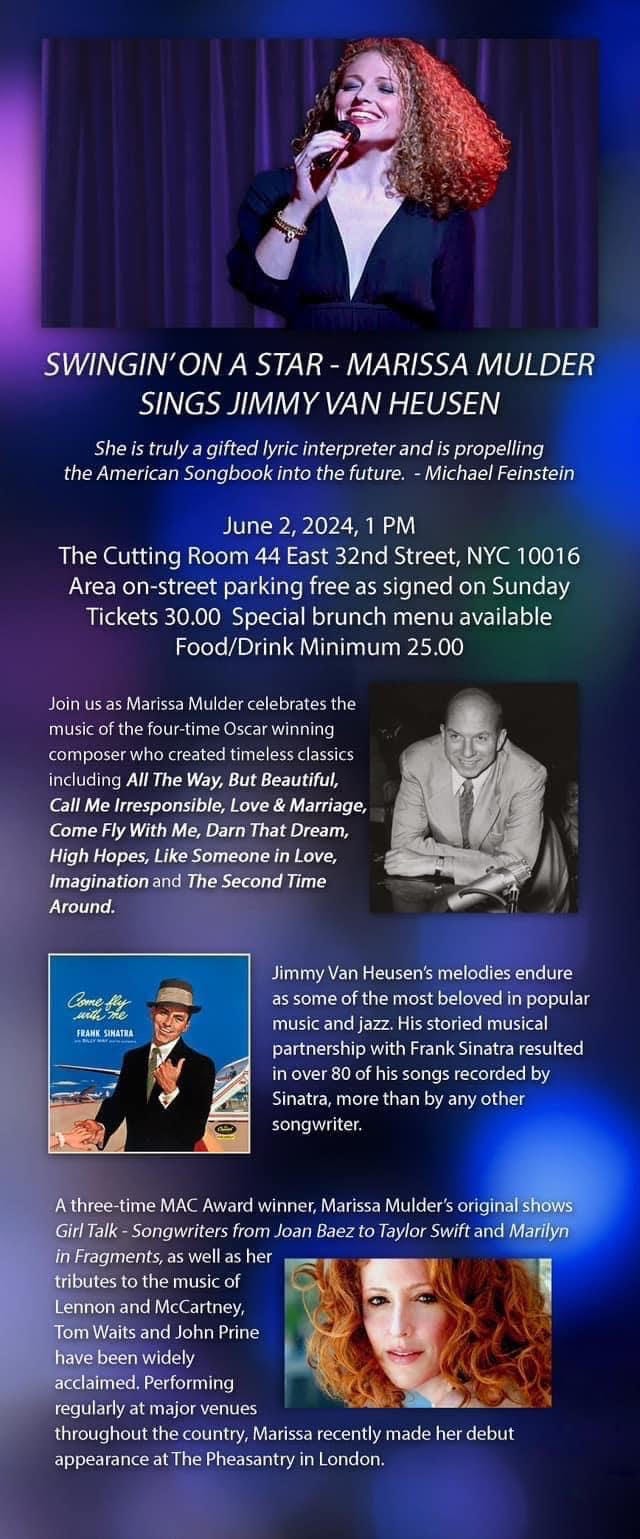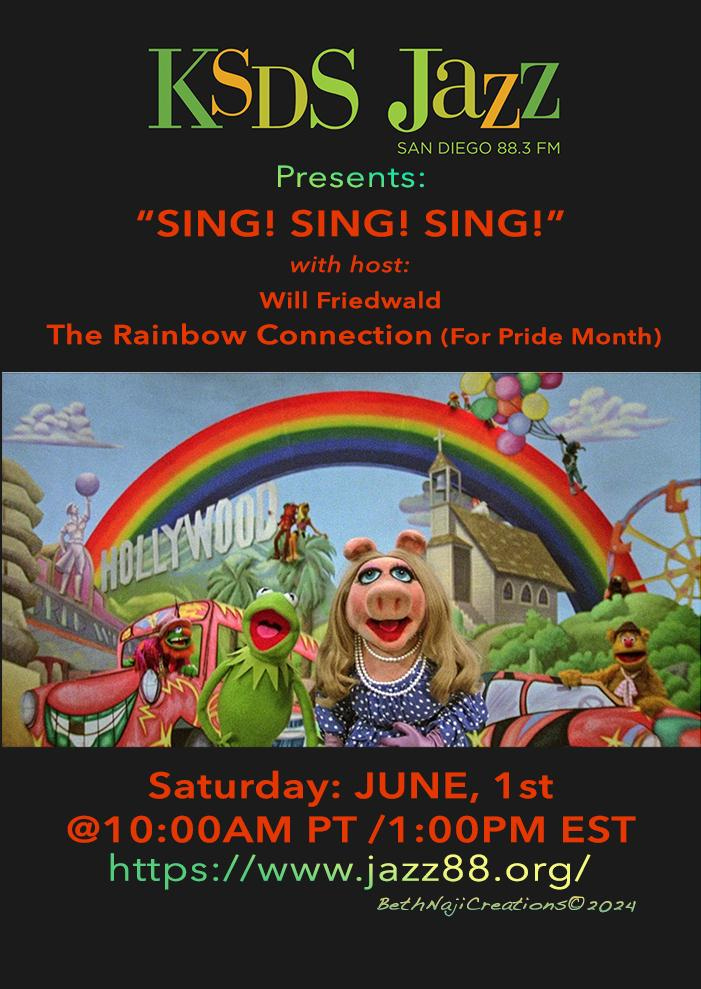Sinatra! Tis A Puzzlement: Was The Voice Adverse to a Verse?
A Lucky Strike Extra: At least one notable verse that Sinatra never sang on an all-time Sinatra standard.
Above: the original Argentine edition, 1958. Don’t cry for him, Argentina! ("Vuelve conmigo" translates as “come back with me.”)
When I retire - “retire to what?” as Duke Ellington famously asked - the first thing I’m going to do is try and figure out how many times Sinatra sang the verse to a song. In general, most of his fans and listeners somehow have it in their heads that he sang the verses much more often than he actually did. In truth, he only sang verses fairly rarely - especially on up-tempo tunes; he wasn’t an archivist anywhere near the extent that such close associates as Julie Wilson and especially Mabel Mercer were - they sang the verse practically every time on every song.
Sinatra came up in the big band era, when nearly all jazz and popular music was for dancing, rather than sit-down listening. In the big band format, verses tended to get in the way, slowing the action down. Performances like “Everything Happens to Me” are relatively rare; even though it’s still in dance tempo, the use of the verse makes it sound more like a later vocal record than a dance band disc.
As we know, some verses were never actually expected to be sung; some publishers seemed to always want to have one, just in case a singer felt like opening the song up a little more than usual. Sometimes songwriters wanted to include them just to make the song more complete, regardless of whether or not they felt that anybody was ever going to sing it.
Such was the case with “Come Fly With Me.” Sinatra instructed Jimmy Van Heusen and Sammy Cahn to come up with a new song that would open an album he was already planning, he gave them the title, and didn’t even have to tell them that he wanted it to be upbeat and swinging. Unlike many another artist or producer in his position, Sinatra did ask to be credited as a co-author, even though the whole idea for the song was his; he only asked that he place the song with his publisher, Barton Music.
In fact, neither Sinatra nor anyone who worked for him at Barton, had any faith that “Come Fly With Me” would be anything more than a title song from an album, in an era when the even the most successful albums sold far less than singles. To that end, they don’t even seem to have published at the time as sheet music. The earliest commercially-published music I can find for the song comes from 1963, when it served as the title for a British comedy, which, judging from the cast - and that the song is performed in the film by a very different Frankie (Avalon) - seems like a UK airbourne version of a beach party movie.
While I concede that yes, the verse would not have fit on the album - especially with it’s iconic, taxi-ing-down-the-runaway intro by Billy May (apparently composed a few hours before the actual recording session), as it happens, it’s an excellent verse, and sets up the song very well.
When Dad and Mother discovered one another
They dreamed of a day when they would love and honor and obey.
And during all their modest spooning,
They’d blush and speak of honeymooning.
And if my memory recalls,
They spoke of Niagara Falls.
But today, my darling, today,
When you meet the one you love, you say….
Nearly every Sinatra wannabe has sung “Come Fly With Me” over the last 65 years, nearly all of them doing it almost exactly as FS did it on the original album. There’s only one marvelous contemporary singer I know of who has reinterpreted the song in her own way, and to that end, she includes the verse, and sings it magnificently. Here’s Marissa Mulder immediately prior to the pandemic, in a video shot by the indefatigable David Rosen:
As it happens, I’m writing this Slouching Towards Birdland missive with some haste because Ms. Mulder is about to perform her marvelous tribute to her fellow Syracuse New York homeboy (homeperson?), Swinging on a Star - Marissa Mulder Sings Jimmy Van Heusen, in a few hours, on Sunday June 2, as a brunch show at the Cutting Room.
It’s no secret that I have loved Ms. Mulder’s singing ever since she first got off the bus from Syracuse not that many years ago, and this may be my favorite of her songs. The iconic Sinatra version is loaded with testosterone and erotic male energy; it’s a glorious celebration of the new, and the Cahn / Van Heusen song gloriously equate changes in traditional romantic relationships with new technology. The song and Sinatra’s performance rather spectacularly establish the singer as the world’s first-ever jet-setting playboy. No wonder that “Come Fly With Me” is one of the all time most popular and most licensed songs from the Sinatra / Cahn / Van Heusen canon.
Ms. Mulder’s version is sweeter; she too is celebrating the future, but at the same time, she takes a sweetly nostalgic look at what’s being left behind; it’s like she’s inviting us to come fly in both directions, into the future but also into the past - not to mention the not-at-all awkward notion that “Come Fly With Me” itself is now part of history. And although Syracuse is nowhere near Niagara, I imagine that mention of the famous Falls has a special relevance for upstate New Yorkers such as Van Heusen and Ms. Mulder.
Apologies for a quicker-than-usual Slouching Towards Birdland this morning; I only decided to write this one at the very last minute before Marissa’s show. Right now, I’m off to take a very quick flight downtown to the Cutting Room.
(Footnote: There’s a lot more about the song “Come Fly With Me” in my book Sinatra! The Song Is You, including Sammy Cahn’s anecdote about “eoxtic views” and “exotic booze” in the lyric. And lastly, while we’re celebrating Jimmy Van Heusen here, I feel obligated to point out that his classic 1940 song “Imagination,” with lyrics by Johnny Burke, has one of the deservedly less-sung verses ever. Sorry to have mentioned that!)
1974 British edition of the sheet music.
Very Special thanks to the fabulous Ms. Elizabeth Zimmer, for expert proofreading of this page, and scanning for typos, mistakes, and other assorted boo-boos!
Sing! Sing! Sing! : My tagline is, “Celebrating the great jazz - and jazz-adjacent - singers, as well as the composers, lyricists, arrangers, soloists, and sidemen, who help to make them great.”
A production of KSDS heard Saturdays at 10:00 AM Pacific; 1:00PM Eastern.
To listen to KSDS via the internet (current and recent shows are available for streaming.) click here.
The whole series is also listenable on Podbean.com, click here.
SING! SING! SING!
June 1, 2024: “THE RAINBOW CONNECTION (FOR PRIDE MONTH)”
June 8: Honoring The 80th Anniversary of D-Day : Music from June 1944
SLOUCHING TOWARDS BIRDLAND is a subStack newsletter by Will Friedwald. The best way to support my work is with a paid subscription, for which I am asking either $5 a month or $50 per year. Thank you for considering. (Thanks as always to Beth Naji & Arlen Schumer for special graphics.) Word up, peace out, go forth and sin no more! (And always remember: “A man is born, but he’s no good no how, without a song.”)
Note to friends: a lot of you respond to my SubStack posts here directly to me via eMail. It’s actually a lot more beneficial to me if you go to the SubStack web page and put your responses down as a “comment.” This helps me “drive traffic” and all that other social media stuff. If you look a tiny bit down from this text, you will see three buttons, one of which is “comment.” Just hit that one, hey. Thanks!











Typo alert: I know you meant to say that Sinatra DIDN'T ask for writing credit.
Sinatra and Strings has Sinatra singing the verse to two great songs: Night and Day and Stardust. Of course the latter ran so long, there was no time for the Stardust chorus. Even the 1942 and was it 1947 versions of Night and Day, with slow tempos didn’t include the verse.
There is some speculation that Wee Small Hours didn’t have a verse when Sinatra recorded the song, only to be added later by the songwriters.
To me, many versus seem to be like either a recitative in many classical musical “songs” or as a replacement for a narrative in song from a musical. In a typical aria recitative pairing, the recitative is usually the less musical section. The choirs would map to the aria.
In most cases, Sinatra doesn’t need to place the song into a dramatic setting of a play, he turns the lyric of the chorus into a play.